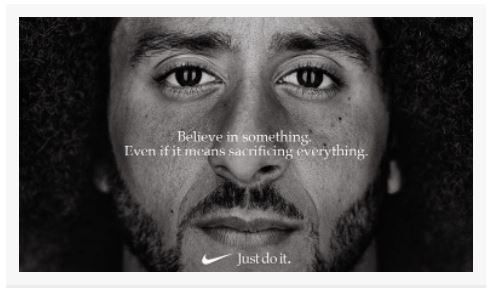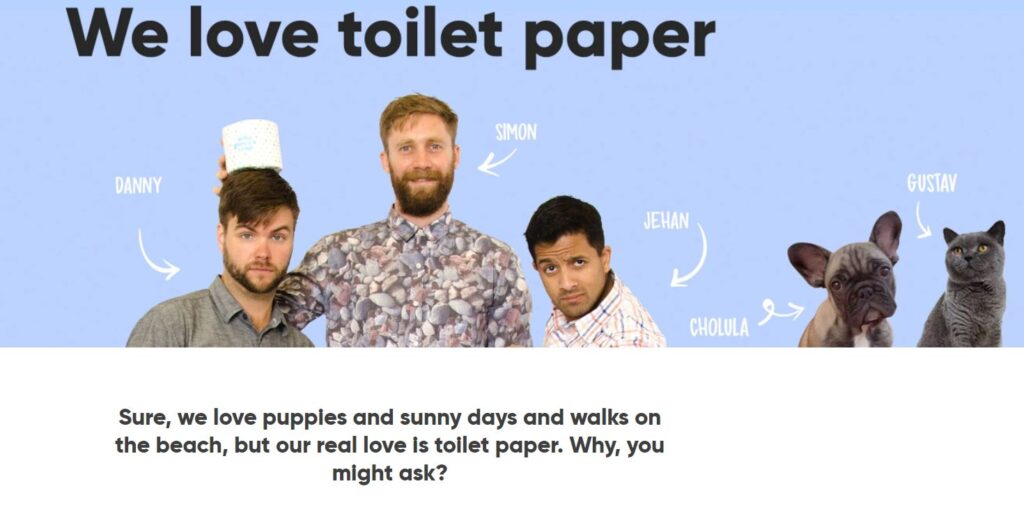When writing for your business, it’s important to find the tone of voice that reflects your brand. This is vital if you want to connect with your ideal customers.
Tone of voice can help us connect with and engage our customers, strategic partners, suppliers and the media. But finding the right tone can be tricky because you want to be professional but also personable. You don’t want to sound too formal – or too casual. In this blog post, we’ll discuss how to find the right tone of voice for your business and give some tips on how to write in that style… read on …
What is Tone of Voice?
Tone of voice (TOV) is the way in which we write and speak, what we say and how we say it. TOV reflects your brand personality, helps you connect with your target audience, and makes you different from the rest. Basically, your business tone of voice is the way you speak to your audience online. The TOV you use can be friendly, formal, funny, etc. and includes the words you choose and the order in which you use them. Having a clearly defined TOC helps us to be clearly understood and to communicate in a consistent way. It must be applied across every piece of content you deliver, such as website copy and blog content, social media posts, emails and any other forms of communication your business may use.
As an example of TOV, what would your business or brand call a child?
Would it be … Child, kid, kiddy, kidlet, youngster, young one, little tacker, ankle biter – or something else ?
See how the different terms describing a child provide a slightly different tone. This is what portrays your brand.
Below are some high profile samples of brand TOV to further illustrate the point.
TOV Example 1: Coca-Cola – Love it or loathe it, Coco-Cola is an iconic brand that has stood the test of time…and for good reason! Its brand voice is positive, friendly, and happy. With every Coke advertisement or TV commercial, the goal is for the audience to feel that happiness for themselves.

TOV Example 2: Nike is another brand with a distinct and instantly recognisable brand voice. Nike’s voice is inspirational, positive, friendly and motivating, which resonates with its target audience—sports and fitness enthusiasts.

TOV Example 3: Who Gives a Crap is a unique Australian company that highlights social responsibility first, boasting recycled products that make a difference. Their tone of voice is cheeky, friendly, funny and engaging. Look at the playfulness on their About page (below). It makes ‘loving toilet paper’ sound normal. Using their names and the pet’s names on the image also helps to humanise their brand. Doesn’t it make you want to read on further? Skip on over to their About page if you want to know more …

Did you know? Tone of voice builds connection.
65% of consumers report they make an emotional connection with a brand based on the way it makes them feel.
For example, if you use a friendly, caring tone, customers are more likely to interact with you and be more open to purchasing (if this tone suits your brand and your audience)
Your tone of voice should be consistent throughout all the content you create. In fact, consistency is vital.
Many organisations develop and use TOV guidelines to make it easier for their entire team to maintain a consistent voice across all forms of communication, both internally and externally. This way, everyone is always on the same page (literally). Ensure your team uses your TOV guidelines when writing any piece of content or marketing message.
When clearly defined and used, your audience should recognise the tone of voice as your brand, even if you don’t use your logo or business name.
Fun Fact:
A strong tone of voice builds trust.
64% of customers say shared values are often the main reason they trust a business.
Australians spend up to 50% more with a business when their own values align with those of the business!
So, how do you begin to define your business TOV?
Start by getting to know your audience. If you don’t already have buyer personas or Ideal Client Profiles (ICPs), you can survey your customers or ask people you know who are in your target market.
Following are some questions you may wish to ask:
- Who are they? i.e. age group, relationship status, education, income bracket, hobbies/interests, goals/aspirations, motivations, fear/pain points and barriers to purchase (what would stop them from buying your type of product or service)?
- Which social media platforms do they use?
- What are their core values?
- What are they reading?
- Where do they get their news and information from?
- What do they look for in a brand that sells your type of product or service?
- How would they describe your brand?
Developing your unique Tone of Voice
Once you’ve collated this information, you’ll have a better idea of who you’re targeting.
If you haven’t already done so, the next step is to clearly define your business values. How would you describe the “personality” of your business? Perhaps you can imagine your brand is a celebrity. Who would your brand be?
What’s your TOV?
Is your brand competent, reliable and corporate?
Or is it down-to-earth, friendly and transparent?
There are no right or wrong answers – but it’s important to capture your brand accurately.
Next, map out a mission statement based on the values of your business. This is a 1-2 sentence statement that summarises your values and the outcomes you strive to achieve for customers. A well-written mission statement provides you, your team and your customers with a clear understanding of the values you share.
A full TOV statement often includes your mission, your business’ unique selling proposition (USP), vision, values, your ideal client profile and/or client avatar, a summary of services/products offered, words your brand uses, words your brand never uses, social media guidelines and anything else your team need to know about writing copy for your business.
Once you’ve defined the abovementioned components, you can start to structure your messaging to engage with your audience. After posting on social media or your website, it’s also a good idea to read back over it and check engagement. Based on feedback, or lack of it, you may need to adjust your messaging to better connect with your desired audience.
When you’re happy with your tone of voice, make sure to document it. Next, be sure to share it with all current and future team members, so everyone in your organisation knows the TOV well. This will help maintain consistency and prevent any confusion amongst team members.
Need some professional help?
Need the professionals – that’s us … to write blog posts or website content for you? Reach out to us via our Contact page and we’ll set up a time to chat about your requirements.
Please feel free to share these tips with your friends, family, business associates or LinkedIn connections. Go ahead and connect with Lyndall on LinkedIn.
You may also enjoy reading these articles:
How to Connect with your Target Audience


